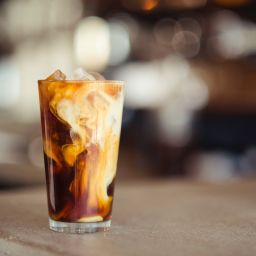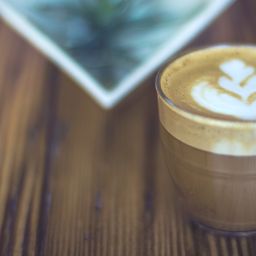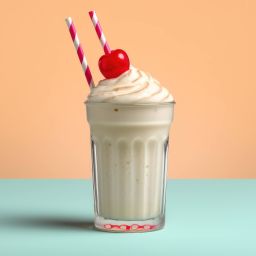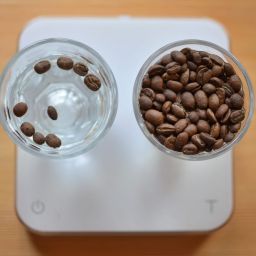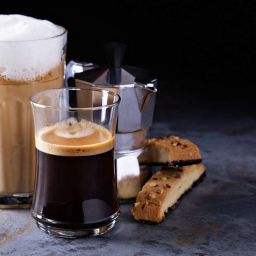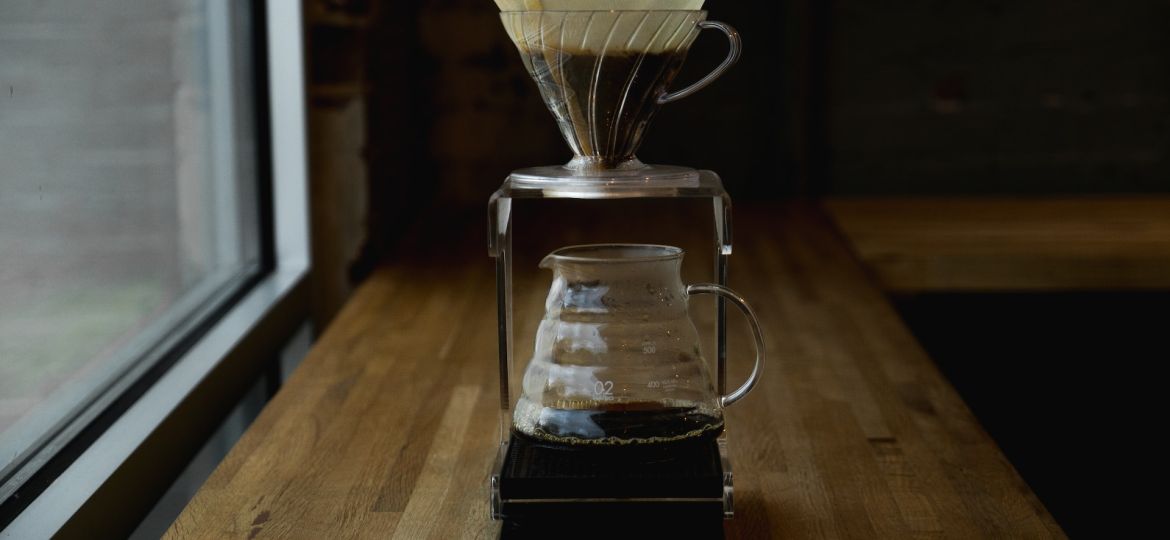
The basic principle of a coffee percolator is relatively simple:
- Water heats up and turns into steam.
- This steam then pushes the hot water up a tube.
- The water then cascades over a basket of coffee grounds, brewing the coffee.
- This process repeats, circulating the water through the grounds multiple times.
This method, while somewhat outdated, is known for producing strong and robust coffee. However, it’s often criticized for the risk of over-extraction, leading to a bitter taste if not monitored carefully.
Types of Coffee Percolators
There are mainly two types of coffee percolators:
- Electric Percolators:
- Have a built-in heating element.
- Convenient and easy to use.
- Often come with automatic settings.
- Stovetop Percolators:
- Require an external heat source like a stove or campfire.
- Offer a more traditional brewing experience.
- Popular among outdoor enthusiasts.
When comparing the two, electric percolators are generally more user-friendly, especially for those who prefer a set-it-and-forget-it approach. Stovetop percolators, on the other hand, offer more control over the brewing process but require more attention and skill.
How Coffee Percolators Work
Mechanism of Coffee Percolators
The mechanism of a coffee percolator is fascinating and involves several key components:
- Water Chamber: Where the brewing process starts.
- Heating Element (in electric percolators) or Heat Source (for stovetop models): Heats the water.
- Vertical Tube: Carries the hot water upwards.
- Perforated Basket: Holds the coffee grounds.
The brewing process unfolds as follows:
- Water in the bottom chamber heats up.
- Steam pressure builds, pushing the water up the vertical tube.
- Water disperses over the coffee grounds in the basket.
- Brewed coffee drips back into the water chamber, mixing with the remaining water.
- This cycle continues, enriching the coffee’s strength and flavor.
Key points to note:
- The quality of the brew depends on the water temperature and brewing time.
- Over-brewing can lead to bitterness, a common issue with percolators.
- The design of the percolator plays a crucial role in the extraction quality.
Understanding these components and the process helps in achieving the desired coffee strength and flavor, making the percolator a unique and cherished tool for many coffee enthusiasts.
Brewing Coffee with Percolators
Brewing coffee in a percolator isn’t rocket science, but it does require a bit of know-how. Here’s a step-by-step guide to get you started:
- Fill the Water Chamber: Start by filling the percolator’s water chamber with cold water. The amount depends on how much coffee you want to make.
- Add Coffee Grounds: Place your coffee grounds in the basket. A general rule of thumb is one tablespoon of coffee per cup of water, but feel free to adjust to your taste.
- Assemble the Percolator: Put the tube and basket in place, ensuring everything is properly aligned.
- Heat It Up: For stovetop percolators, place them on a heat source and adjust to medium heat. Electric percolators just need to be plugged in and turned on.
- Watch the Magic Happen: As the water heats, it will cycle through the coffee grounds. This process usually takes about 7-10 minutes.
- Know When It’s Done: You’ll know your coffee is ready when it stops percolating. For stovetop models, you’ll hear less bubbling.
Tips for the best results:
- Use freshly ground coffee for better flavor.
- Avoid over-brewing to prevent bitterness.
- Experiment with different grind sizes and brewing times to find your perfect cup.
Pros and Cons of Using Percolators
Percolators have their loyal fans and critics. Let’s break down the pros and cons:
Advantages
- Robust Flavor: Percolators are known for producing strong, full-bodied coffee.
- Simplicity: Especially with electric models, they’re pretty straightforward to use.
- Durability: Many percolators, particularly stovetop ones, are built to last.
- Affordability: Generally, they’re more budget-friendly than fancy coffee machines.
Disadvantages
- Risk of Over-Extraction: It’s easy to end up with bitter coffee if you’re not careful.
- Less Control Over Brewing: Unlike other methods, percolators don’t offer much control over temperature and brewing time.
- Cleaning Can Be Tricky: Especially with models that can’t be fully submerged in water.
- Not Ideal for Light Roasts: If you prefer a lighter, more nuanced coffee, percolators might not be your best bet.
In terms of quality of coffee, percolators are great for those who love a strong cup. However, achieving consistency can be challenging. As for ease of use and maintenance, electric percolators win on convenience, but both types require a bit more effort in cleaning compared to other brewing methods.
In the end, whether a percolator is right for you comes down to personal preference and how you like your coffee.
Comparison with Other Brewing Methods
When it comes to brewing coffee, the percolator is just one of many players on the field. Let’s see how it stacks up against some other popular methods:
Drip Coffee Makers
- Convenience: Drip makers often win here with programmable settings.
- Flavor: They typically produce a milder brew compared to the robust flavor from a percolator.
- Ease of Use: Generally easier, especially for those who aren’t coffee brewing enthusiasts.
French Press
- Flavor Profile: French press coffee is rich and full-bodied, similar to percolator coffee but often smoother.
- Control: Offers more control over steeping time and extraction.
- Cleaning: Easier to clean than a percolator.
Moka Pots
- Strength of Coffee: Known for a strong, espresso-like coffee, which is more intense than percolator coffee.
- Brewing Method: Uses steam pressure, similar to a percolator, but doesn’t recirculate the water.
- Portability: Smaller and more portable, great for small kitchens or travel.
While percolators are great for a strong cup and have a nostalgic charm, other methods like drip coffee makers and French presses offer more convenience and control. Moka pots, on the other hand, are ideal for those who prefer an espresso-like brew.
Selecting the Best Coffee Percolator
Picking the right percolator can be a bit of a journey. Here are some factors to consider:
- Capacity: How much coffee do you need to brew at a time?
- Type: Electric or stovetop? Consider your lifestyle and preferences.
- Material: Stainless steel percolators are durable and stylish.
- Ease of Cleaning: Look for models that are easy to disassemble and clean.
Recommended models to check out:
- Presto Stainless Steel Coffee Percolator: Great for its consistent performance and stylish design.
- Farberware Classic Yosemite Coffee Percolator: A stovetop model that’s durable and easy to use.
- Hamilton Beach Electric Percolator: Offers quick brewing and is easy to handle.
Each of these models has its unique strengths, so consider what matters most to you in your coffee brewing experience. Whether you prioritize convenience, flavor, or style, there’s a percolator out there that’s just right for you.
FAQs
Let’s dive into some common questions people have about coffee percolators:
- How long should you percolate coffee?
- Typically, 7-10 minutes. But it can vary depending on the percolator type and your taste preference. Watch out for over-extraction!
- Can you use regular coffee grounds in a percolator?
- Absolutely! Just go for a coarser grind to prevent grounds from slipping through the basket.
- Is percolator coffee stronger than drip?
- Yes, generally. Percolators brew a robust and strong coffee, while drip coffee is milder.
- How do you know when percolator coffee is done?
- For stovetop models, listen for the change in percolating sound. Electric models usually have an indicator light.
- Can you make espresso in a percolator?
- Not true espresso, but you can get a strong, concentrated brew similar to espresso.
- Is percolated coffee bad for you?
- Not at all, as long as you enjoy it in moderation. The health effects are similar to other brewing methods.
- Why is my percolator coffee bitter?
- This is likely due to over-brewing. Try reducing the brewing time.
Read more about Red Eye Coffee Recipe.
Summarizing Key Points
Coffee percolators offer a unique and traditional way to brew a robust cup of coffee. While they may not provide the same level of control as other methods like French presses or drip makers, they have a charm and simplicity that many coffee lovers appreciate. Remember, the key to great percolator coffee is in the grind size, water temperature, and brewing time. Whether you choose an electric or stovetop model, a percolator can be a delightful addition to your coffee routine.


